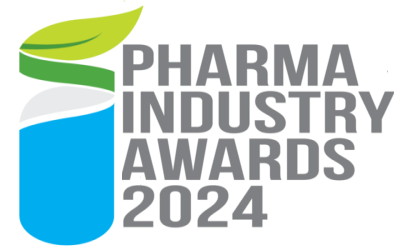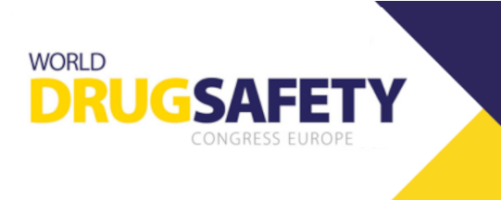As part of our ongoing review at the changes introduced with MDR, in this article, we focus on Conformity Assessment routes. We provide a revised examination of the changes under MDR and the assessment routes for different device classifications.
Increase in Requirements
Under MDR 2017/745 , Conformity Assessment routes have not changed significantly compared to MDD 93/42/EEC. However, the timeline to CE marking might now be longer, particularly if there is involvement of expert bodies e.g. the MDCG (Medical device co-ordination group).
Notified body involvement is required for all Class IIa, IIb and III devices and may be required for some specific Class I devices. MDD 93/42/EEC referenced 13 Essential Requirements and AIMDD 90/385/EEC referenced 16 Essential Requirements. The MDR references 23 Safety & Performance Requirements.
Medical Devices are required to comply with the relevant GSPRS (Annex I). Compliance with EN harmonised standards and Common specifications (CS) presumes compliance with the GSPR’s.
Summary of Conformity Assessment Routes under MDR 2017/745
Class I
1. Device Classification:
Class I (with the exception of Class Im (measuring), Class Is (sterile) and Class Ir (reusable)
Conformity Assessment Route:
Self-certification in addition to Maintenance of Technical Documentation according to Annex II & III
2. Device Classification:
Class Im (measuring), Class Is (sterile), Class Ir (reusable)
Conformity Assessment Route:
- Quality Management System required to control production (Annex XI Part A) or to control special characteristics (Annex IX Chapters I & III)
- Notified Body involvement required to assess QMS
Class IIa
1. Device Classification:
Class IIa
Conformity Assessment Route:
- Annex IX (Full QMS) or
- Annex XI
- (Part A – Production Quality Assurance & Part B – Product Verification) in addition to Technical Documentation as per Annex II & III
2. Device Classification:
Class Im (measuring), Class Is (sterile), Class Ir (reusable)
Conformity Assessment Route:
- Quality Management System required to control production (Annex XI Part A) or to control special characteristics (Annex IX Chapters I & III)
- Notified Body involvement required to assess QMS
*Note – Conformity assessment under Annex IX (Full QMS) will involve:
- NB audit of QMS.
- NB assessment of the Technical Documentation/Design Dossier.
- NB audit of Production Quality Assurance for the ability to produce and test the device.
Class IIb
Class IIb devices categories are:
- Class IIb active device intended to administer and or remove medicinal products, body liquids or other substances to or from the body.
- Class IIb implantable (Well Established Technologies (WET))
- Class IIb non-implantable
1. Device Classification:
Class IIb active device
Conformity Assessment Route:
- Annex IX, QMS – Chapters I, III
- Technical documentation
- Annex X – Type examination
- Annex XI
- Part A – Product Quality Assurance
- Part B – Product Verification
- Clinical Evaluation
- Annex IX Section 5/Annex X Section 6
- Declaration of Conformity
2. Device Classification:
Class IIb Implantable (WET))and non-implantable (non WET)
Conformity Assessment Route:
- Annex IX, QMS – Chapters I,II & III
- Technical documentation
- Annex X – Type examination
- Annex XI
- Part A – Product Quality Assurance
- Part B – Product Verification
- Declaration of Conformity
3. Device Classification:
Class IIb
Conformity Assessment Route:
- Annex IX, QMS – Chapters I & III
- Technical documentation
- Annex X – Type examination
- Annex XI
- Part A – Product Quality Assurance
- Part B – Product Verification
- Declaration of Conformity
Class III
1. Device Classification:
Class III-non-implantable
Conformity Assessment Route:
- Annex IX, QMS – Chapters I, III
- Technical documentation
- Annex X – Type examination
- Annex XI
- Part A – Product Quality Assurance
- Part B – Product Verification
- Consultation if and when required – this will be determined on a case by case basis
- Declaration of Conformity
2. Device Classification:
Class III Implantable
Conformity Assessment Route:
- Annex IX, QMS – Chapters I & III
- Technical documentation
- Annex X – Type examination
- Annex XI
- Part A – Product Quality Assurance
- Part B – Product Verification
We Can Help
Our MDR team is dealing with many clients and helping them to adjust to the new regulations. Talk to us today by calling 00353 52 61 76 706 or complete the form on our Contact Us page.




